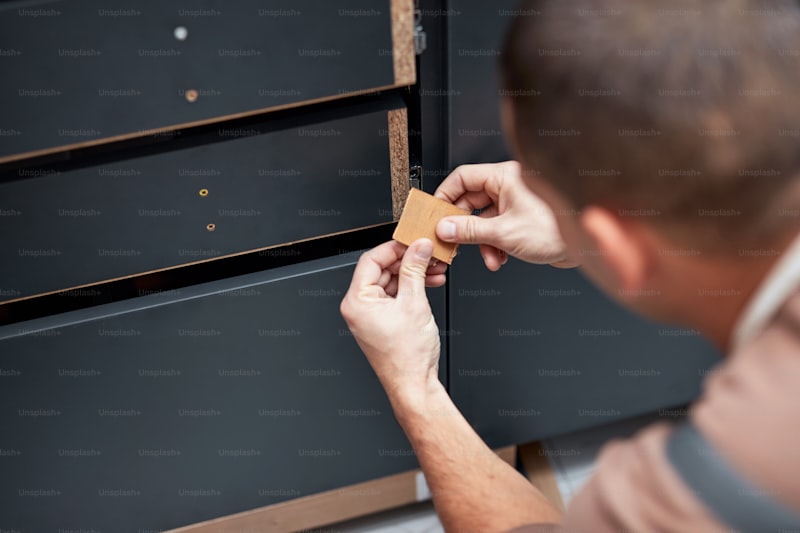Treasured Heirloom Pieces: Preserving Family History and Values
When it comes to family heritage, few things carry as much significance as treasured heirloom pieces. These items often serve not only as physical representations of our past but also as emotional connections that bind families together. In this article, we will explore the various aspects of treasured heirloom pieces, including their importance, types, and tips for preserving them for future generations.
What Are Treasured Heirloom Pieces?
Treasured heirloom pieces are objects that have been passed down from previous generations within a family. They can range from jewelry, furniture, and textiles to photographs, documents, and even recipes. These items often carry stories, traditions, and memories that hold sentimental value and reflect the legacy of the family.
Significance of Treasured Heirloom Pieces
Understanding the significance of heirloom pieces can help us appreciate their role in our lives:
- Connection to Family History: Heirlooms enable us to connect with our ancestors and their experiences, offering insights into family history and heritage.
- Symbol of Love and Memories: Many heirlooms are gifts or items that represent special moments, reinforcing family bonds and shared values.
- Investment Value: Some heirloom pieces, particularly jewelry and antiques, can appreciate in value over time, making them not just sentimental treasures but also potential financial assets.
- Cultural Identity: Heirlooms can reflect the cultural background of a family, preserving traditions and practices that may otherwise be forgotten.
Types of Treasured Heirloom Pieces
| Type | Description |
| Jewelry | Pieces like engagement rings, necklaces, and bracelets that hold sentimental value. |
| Furniture | Antiques or family-made furniture that tell stories of past generations. |
| Textiles | Items such as quilts or garments that represent family traditions or milestones. |
| Photographs | Portraits and candid shots that capture family memories and history. |
| Documents | Letters, wills, or family trees that provide insights into ancestry. |
| Recipes | Culinary traditions passed down through generations, tied to family gatherings. |
How to Preserve Treasured Heirloom Pieces
PRESERVING treasured heirloom pieces is crucial for ensuring that future generations can enjoy and learn from them. Here are some tips:
- Proper Storage: Store items in a climate-controlled environment to prevent damage from humidity and temperature fluctuations. Use acid-free boxes, archival storage bags, and other protective materials.
- Cleaning and Maintenance: Some heirlooms require specific cleaning methods. For example, antique wooden furniture should be cleaned with gentle solutions that do not strip the finish.
- Documenting History: Create an inventory that includes photographs and descriptions of each piece, along with any relevant family history or stories associated with them.
- Respect Cultural Practices: Some items may need to be maintained according to specific cultural or familial customs. Ensuring that these practices are followed can enhance the value of heirlooms.
- Engage Younger Generations: Share stories and traditions surrounding the heirlooms with younger family members to instill a sense of appreciation and responsibility toward preserving family history.
Connecting Heirlooms to Family Values
Beyond their historical significance, treasured heirloom pieces often embody the values that families hold dear. For instance, a grandfather's watch may symbolize hard work and determination, while a grandmother's quilt represents love, warmth, and togetherness. By understanding these connections, family members can continue to uphold these values, drawing inspiration from their inherited treasures.
Frequently Asked Questions About Treasured Heirloom Pieces
As people navigate their relationships with heirlooms, they often have several questions:
- How do I determine the value of my heirloom pieces? Consulting with an appraiser or an expert in antiques can provide insights into the financial worth of heirlooms.
- What do I do if an heirloom is damaged? Consult a conservator or restoration specialist who can offer professional repair services tailored to the type of object.
- Can I pass down an heirloom piece if I don't have children? Yes! It's entirely possible to pass heirlooms to nieces, nephews, or even dear friends who will appreciate their significance.
- How can I make sure my heirlooms are respected? Having open discussions with family members about your wishes and the importance of these items can help ensure they are valued.

Conclusion: The Legacy of Treasured Heirloom Pieces
Treasured heirloom pieces are more than just objects; they represent the stories, values, and history of our families. By taking the time to preserve and share these items, we ensure the continuity of our family's legacy for generations to come. Remember to treat your heirlooms with care, engage others in the stories they hold, and recognize the connections that continue to bind us to our past. As we safeguard these treasures, we also protect our family's identity and values, enriching not just our homes but our hearts.